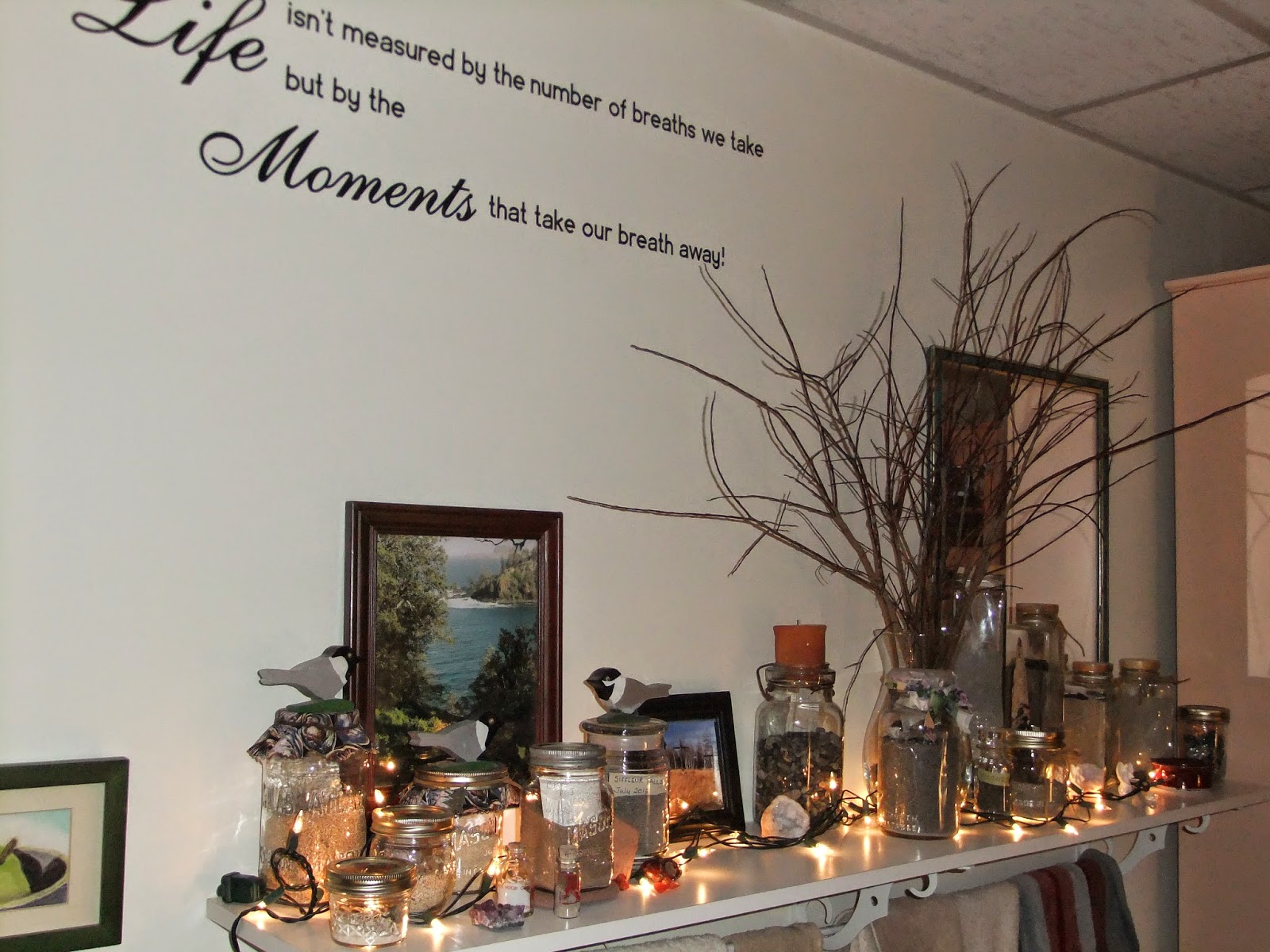I recently read a blog post that compared yesterday’s postcard to today’s Twitter post.
The first commercially manufactured postcards came to the United States in 1893. They were cheap back then, needing only a penny stamp, or a two-center later on. The pictures on the front could be romantic drawings or cartoons bearing their own message. Black and white photographs were eventually used, and still later, color photographs. There were postcards for Easter, for Valentine’s day, or every day. No one considered that their missives could someday be eagerly sought after by collectors.
 |
| Click to enlarge. |
 |
| A well-loved card |
 |
| Not really Christmas-y, but the message reminded people what was important during WWI. |
A vertical line divided the back with space on the larger half for the recipient’s address. The small half was meant for the sender’s message, which had to be very short, like a Twitter post.
Hank remembers that many of his country relatives did not have telephones when he was a boy. If they planned a Saturday trip to town for groceries, they might jot a postcard to his parents letting them know to expect company for supper.
 |
| More elaborate cards might be embossed, as was this 1911 one-cent card. |
















































